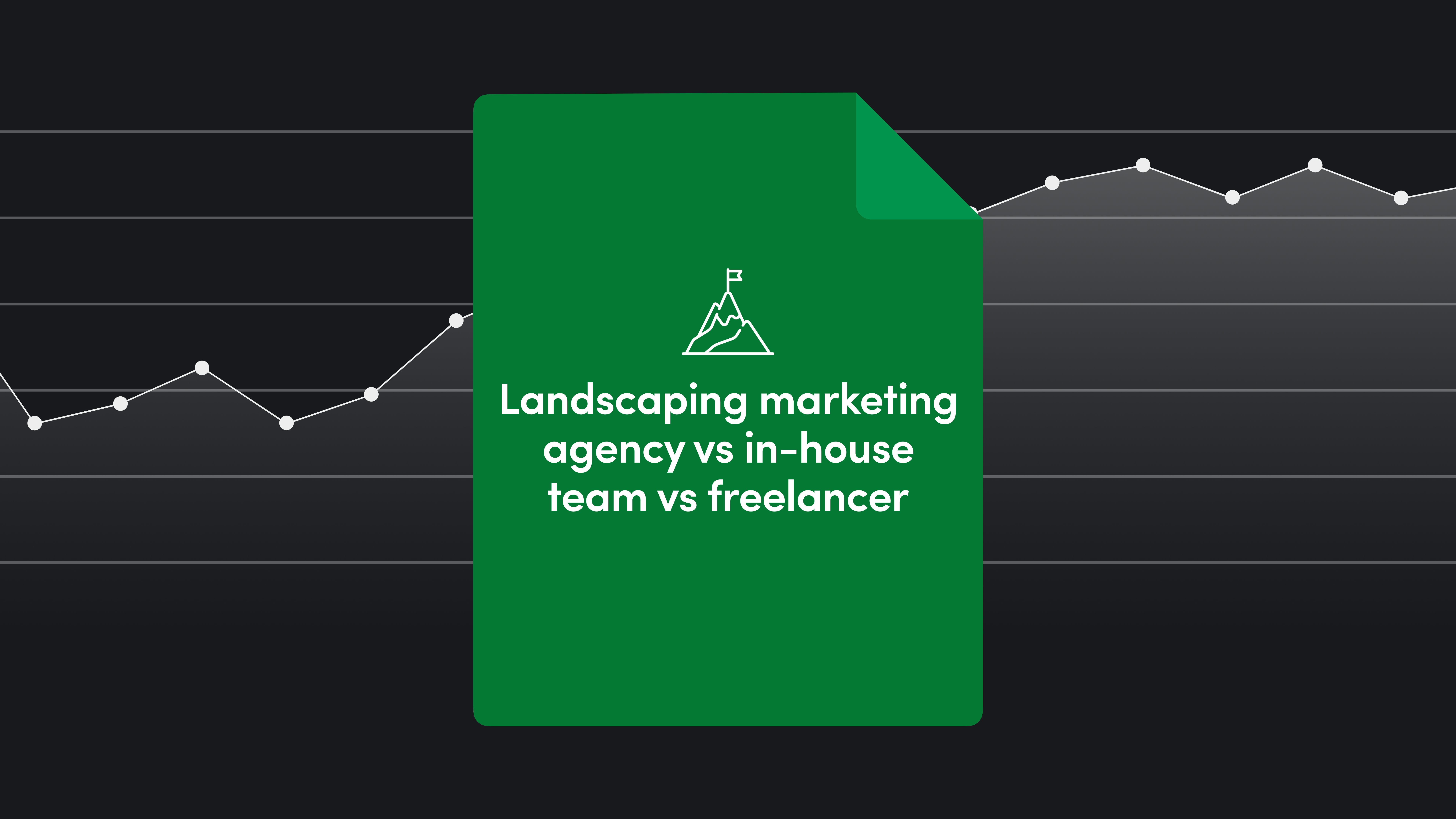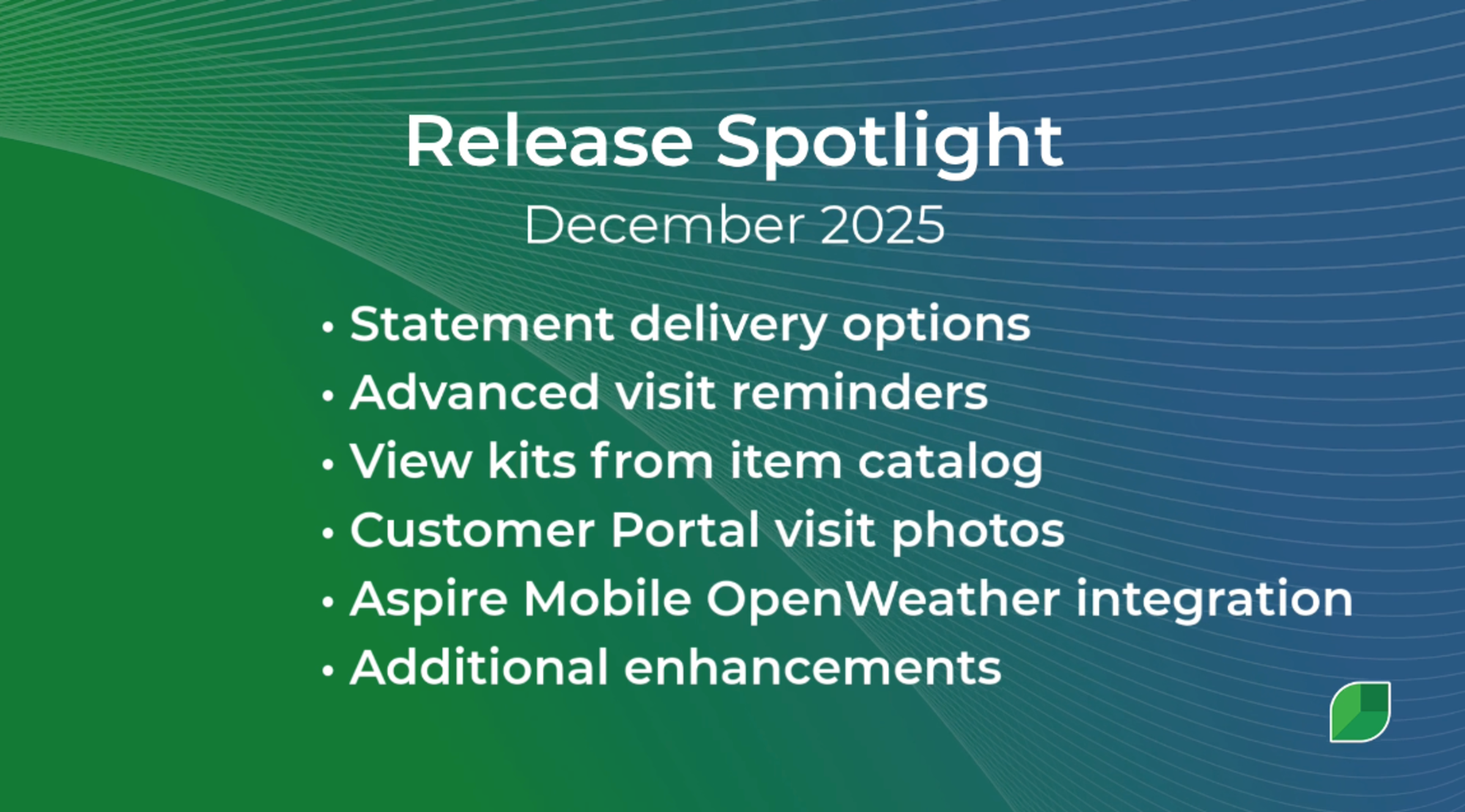Table of Contents
Good data can be a game-changer in helping you make better business decisions. Utilizing analytics about your business performance and investments allows you to use your investments more effectively and target problems you may not have realized otherwise. Aspire's health scorecard is an analytic tool to measure your utilization of the platform compared to your peers, glean new valuable insights into your business, and guide you toward a more successful implementation.
Here are some tips for leveraging your health scorecard to get the most significant return on your investment with Aspire.
Understanding the health scorecard
The health scorecard is a comprehensive report evaluating your organization's utilization of the Aspire platform. Once a customer has six or more months live in Aspire, a health scorecard can be compiled on a monthly basis. Providing the scorecard every month allows teams to look at trends, changes, and improvements over time.
The health scorecard captures big-picture items like total earned revenue and more minor but critical metrics like mobile time entry. The data provided by the health scorecard is a goldmine of insights that can drive significant business improvements. You gain valuable information about your organization's efficiency, adoption of key features, and overall platform utilization. This data empowers you to identify areas for optimization and make informed decisions to enhance business processes.
"We were so excited about the health scorecard and the information it provided. It helped us pinpoint where to focus," said Sarah McPherson of Outback Landscaping. After using the health scorecard, Outback improved its Crew Mobile usage from 86% to 94%. This is a significant increase in a short time, significantly decreasing the time manually inputting job start and end times. This is just one example of leveraging a team's health scorecard.
On your health scorecard, you will see numbers rated as green, yellow, or red: green indicates good utilization, yellow indicates cause for concern, and red indicates underutilization. The health scorecard will also give you context by providing numbers from companies of similar size and an average company.
Lindsey Kruse, Manager of Customer Success at Aspire, says, "I have had conversations with clients using the health scorecard where they were completely not using a module that would be helpful for them. Without the health scorecard, we may not have realized they were missing out."
What are the best ways to utilize the health scorecard?
Your Customer Success Manager (CSM) will go through the health scorecard metrics with you, making sure you understand:
How to read the report
How Aspire measures each metric
What the numbers mean
Which sections are most relevant and vital for your business
Which sections you may want to ignore for the time being
Besides helping you read and interpret the report, your CSM will use the data in the health scorecard to discuss areas requiring your attention and build a roadmap toward a more successful implementation.
Gracie Parker of Rolling Green Landscape says, “After looking at our scorecard, we realized we needed to focus on our ticket management. Our work had been completed, but it was too late to invoice people. We were leaving money on the table. The scorecard helped us identify the issue, and we resolved it quickly.” These metrics will give your team the insights to make the best decisions and give you data to share with your team about your success. It's a powerful strategic planning tool as much as it is a tool for getting valuable feedback about your business. “We have had a lot of improvement in our usage of Crew Mobile,” Parker continued. “While we were still not in the green, I was able to go back and show the team that there was still more work to do, but their efforts were paying off,” she concluded.
What happens when you see red?
When starting with Aspire, seeing red on your health scorecard is normal. This shouldn't be a cause for concern. While it may feel discouraging, remember ramping up with Aspire takes time. The health scorecard is a tool to guide conversations with your CSM about which areas you want to tackle first, measure your progress, and see your growth. Over time, you may see where some numbers previously green slip into yellow or red. You know numbers can change drastically based on seasonality for our landscaping businesses. When this happens, your CSM will be there to normalize those dips or flag areas needing more attention from your team.
While the scorecard is designed with Aspire's best practices in mind, every business is unique. Some metrics on the scorecard may be outside of your requirements or goals. You and your CSM can prioritize and focus on metrics aligning with your organization's objectives. This may mean some numbers will be left red by you and your CSM.
The health scorecard gives you essential data to help you improve your business' success with Aspire. By utilizing the tool with your CSM, you can identify improvement areas and make informed decisions to build your business. In addition to making it easier to identify improvement areas, the health scorecard can provide positive feedback to your team—recognizing their efforts and celebrating their achievements.










